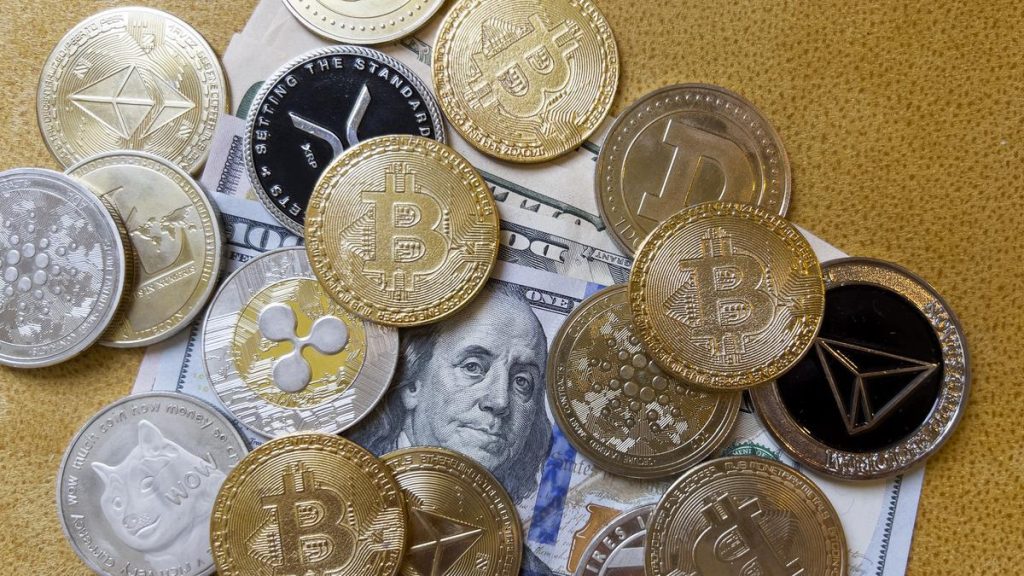Introduction: The Dollar’s Role in Global Economy
The US dollar has long stood as the dominant global currency, underpinning international trade, finance, and reserves. Its supremacy, established over decades, is now being tested by emerging economic powers and evolving geopolitical dynamics.
Historical Context of Dollar Dominance
Since the Bretton Woods Agreement in 1944, the dollar has served as the world’s primary reserve currency. Its stability, backed by the US economy and government, positioned it as the preferred medium of exchange and store of value across nations. Over 60% of global foreign exchange reserves remain dollar-denominated, underscoring its pervasive influence.
Challenges from Alternative Currencies
In recent years, several currencies have sought to challenge the dollar’s hegemony. The Euro, Chinese Yuan, and digital currencies represent notable contenders. The Eurozone, with its integrated economy, provides a strong alternative but faces internal political and economic divisions that limit its global appeal. Meanwhile, China’s strategic push to internationalize the Yuan through trade agreements and financial infrastructure development marks a significant long-term threat.
Impact of Geopolitics and Economic Shifts
Geopolitical tensions, such as US-China trade disputes and sanctions regimes, have accelerated diversification efforts among countries to reduce dollar dependence. Additionally, the rise of emerging markets with growing economic clout fuels interest in alternative currencies and financial systems. These shifts encourage regional blocs to explore multi-currency trade settlements and bolster their own monetary influence.
The Rise of Digital and Crypto Currencies
Technological innovation adds a new dimension to currency competition. Central Bank Digital Currencies (CBDCs) and cryptocurrencies present novel means to conduct transactions globally. Although still nascent, these digital assets could reshape cross-border payments and challenge traditional currency roles if widely adopted.
Conclusion: The Future of Global Currency Landscape
While the US dollar’s dominance remains robust today, the landscape is gradually evolving. Multiple factors, including geopolitical realignments, economic diversification, and technological advances, contribute to a more multipolar currency environment. Understanding these dynamics is crucial for policymakers, investors, and global businesses navigating the future of international finance.
Source: The Hindu – Business Line

